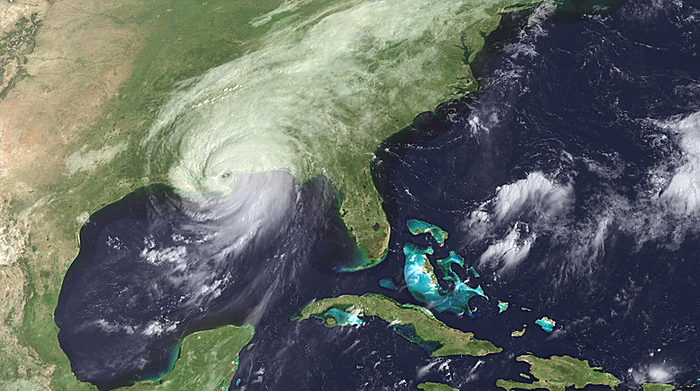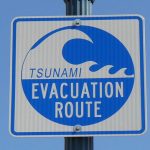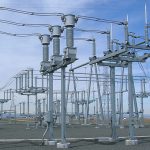The So-Called Loop Current Spells Trouble for the 2022 Hurricane Season

Image courtesy of NASA Goddard Space Flight Center under Creative Commons Attribution License 2.0 Generic, resized to 700 x 391 pixels.
The 2022 Atlantic hurricane season started on June 1, which was about two weeks ago as of the time of this writing, and it is expected to be especially problematic near the Gulf Coast this year due to the so-called Loop Current. What exactly is a Loop Current? Read on to find out.
What is a Loop Current and Why Does It Impact Hurricane Activity?
To put it simply, a Loop Current is a current of warm tropical water that expands farther north than what would typically be expected. This is already happening – the Gulf of Mexico is currently warmer than average, and this is because the Loop Current, which is south of the Gulf, has expanded unusually far to the north. Generally, when this type of water pattern presents itself this early in the hurricane season, it spells trouble along the Gulf Coast from Texas to Florida.
When a storm passes over the Loop Current, it tends to absorb energy from the warm water and increase in severity. Thus, the more ocean area this warm-water current covers, the greater the risk of hurricane activity. Unfortunately, the Loop Current looks similar to the way it did in 2005, the year Hurricane Katrina rocked New Orleans.
Making this forecast even more dire is the fact that the 2022 hurricane season is predicted to be more active than normal – one forecast predicts a whopping 19 tropical storms and 9 hurricanes this year, and the Loop Current has the potential to supercharge any of these. Thus, you not only have the potential for greater storm frequency, but it looks likely that storm severity, at least for a percentage of them, will be greater than normal.
If you’re a utility emergency preparedness professional near the Gulf Coast, prepare for the worst. My sincere hope is that this forecast is of the “sky is falling” variety, but there’s no denying the Loop Current this year increases the overall risk. Let’s just hope Mother Nature cuts us a break!



